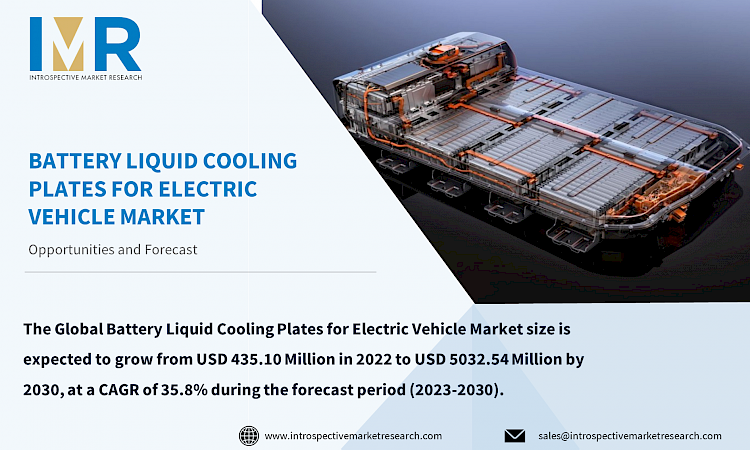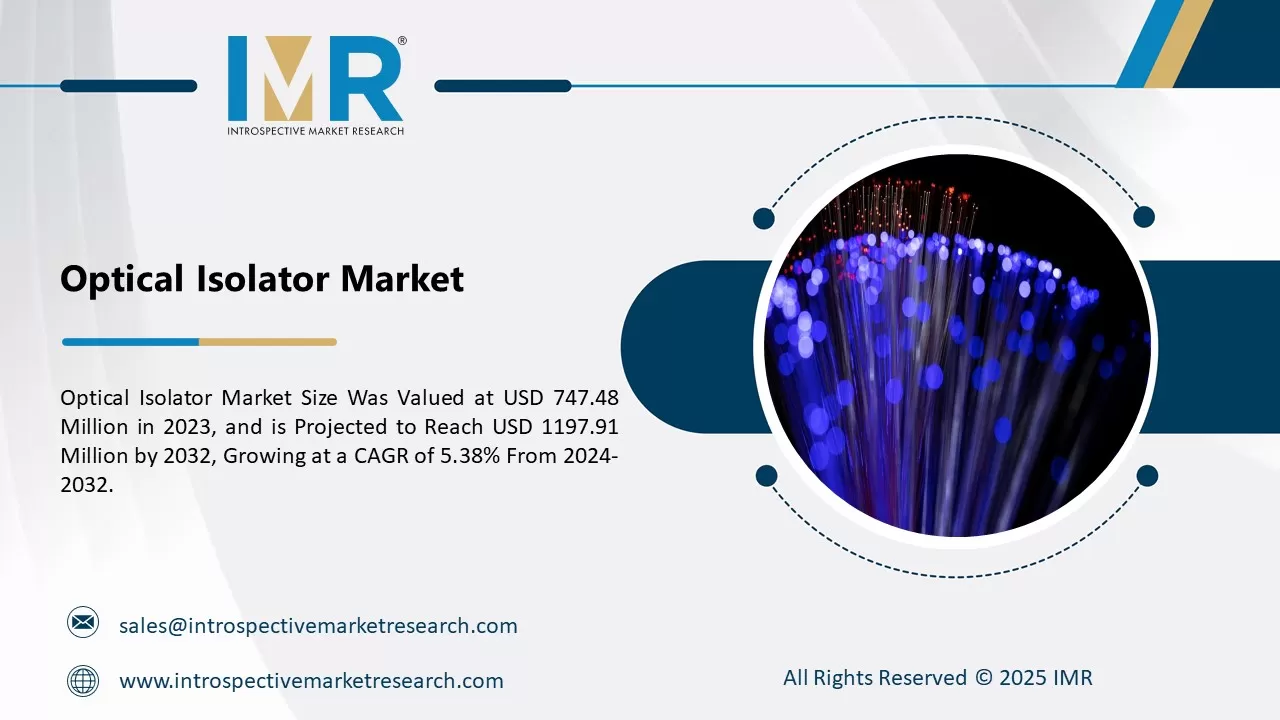Market Overview:
The Global Battery Liquid Cooling Plates for Electric Vehicle Market size is expected to grow from USD 435.10 Million in 2022 to USD 5032.54 Million by 2030, at a CAGR of 35.8% during the forecast period (2023-2030).
Governments worldwide have implemented green energy initiatives to promote sustainable growth, which is expected to positively impact various industries, including the automotive sector. Extensive research and development efforts are underway to develop lightweight, energy-efficient, and environmentally friendly materials for use in vehicles. The electric vehicle (EV) market has experienced significant growth as countries aim to transition to renewable energy sources and reduce carbon emissions. In line with global decarbonization goals, governments are actively supporting EV production and adoption. For instance, Ford Motor Company announced a substantial investment in its plants to manufacture EVs and lithium-ion batteries, aligning with the global shift towards EVs. As the demand for EVs increases, manufacturers are focusing on addressing thermal management issues related to cooling systems. Common challenges include leaks, corrosion, clogging, extreme weather conditions, and aging. To overcome these challenges, the battery cooling plate market is expected to witness growth during the forecast period.
Top Key Players Covered In The Battery Liquid Cooling Plates For Electric Vehicle Market:
- Modine Manufacturing Company (US)
- Dana Limited (US)
- Priatherm (US)
- HELLA GmbH & Co. KGaA (Germany)
- KOHSAN Co. Ltd (South Korea)
- Nippon Light Metals (Japan)
- Estra Automotive (Turkey)
- MAHLE GmbH (Germany)
- Bespoke Composite Panels (UK)
- SANHUA Automotive (China) And Other Major Players.
Market Dynamics and Factors:
The increasing advancements in battery cooling technology for electric vehicles (EVs) are a significant driver for the battery liquid cooling plates market. As EV battery systems become more sophisticated, efficient, and high-performing, the need for effective cooling solutions to manage battery temperatures becomes crucial. Advancements in cooling plate design, materials, and integration techniques enable better thermal management, enhanced battery performance, and extended battery life.
The battery liquid cooling plates market for electric vehicles presents opportunities for the development of affordable alternatives that can cater to a large customer base. As the demand for electric vehicles continues to grow, there is a need for cost-effective cooling solutions that can be adopted by a wide range of vehicle manufacturers, including those targeting the mass market. Developing affordable alternatives to traditional liquid cooling plates can open up new market segments and attract a larger customer base.
The Battery Liquid Cooling Plates For Electric Vehicle Market Report Highlight:
- By Product, the Direct Cooling segment is anticipated to lead the growth of the Battery Liquid Cooling Plates for the Electric Vehicle Market in the forecasted timeframe. This method offers direct and effective cooling, ensuring optimal temperature management and enhancing the overall performance and lifespan of the batteries.
- By Application, the BEV segment is expected to have the highest share of the Battery Liquid Cooling Plates for Electric Vehicle Market over the projected period. BEVs are fully electric vehicles that rely solely on battery power for propulsion. These vehicles have gained significant popularity due to their environmental friendliness and the increasing emphasis on reducing greenhouse gas emissions.
- The Asia Pacific region is expected to have the highest share of the Battery Liquid Cooling Plates for Electric Vehicle Market over the projected period. The Asia Pacific region is witnessing significant growth in the electric vehicle market. Countries like China, Japan, South Korea, and India are experiencing a rapid increase in electric vehicle adoption, driven by government initiatives, incentives, and favorable regulations.
Key Industry Development:
In June 2023, Valeo, a global automotive supplier, has unveiled its latest advancement in electric vehicle (EV) technology with the introduction of the microfin cold plate. Announced recently, this cutting-edge component boasts enhanced flow distribution and optimized pressure drop, guaranteeing uniform cooling across battery modules.
In May 2023, Modine Manufacturing Company, a leading manufacturer of heat transfer coils, is expanding operations at its current location in Sremska, Serbia, to meet growing demand from the heat pump market in Europe. When complete later this year, the new facility will be a dedicated manufacturer of coils for commercial and residential heat pump applications.
Battery Liquid Cooling Plates For Electric Vehicle Market Segmentation:
By Product
- Direct Cooling
- Indirect Cooling
By Application
- BEV
- PHEV
For this report, Introspective Market Research has segmented the Battery Liquid Cooling Plates For Electric Vehicle Market based on region:
Regional Outlook (Revenue in USD Million; Volume in Units, 2023-2030)
North America
- The U.S.
- Canada
- Mexico
Eastern Europe
- Russia
- Bulgaria
- The Czech Republic
- Hungary
- Poland
- Romania
- Rest of Eastern Europe
Western Europe
- Germany
- UK
- France
- Netherlands
- Italy
- Spain
- Rest of Western Europe
Asia Pacific
- China
- India
- Japan
- Singapore
- Australia
- New-Zealand
- Rest of APAC
Middle East & Africa
- Turkey
- Saudi Arabia
- Qatar
- UAE
- Israel
- South Africa
South America
- Brazil
- Argentina
- Rest of SA





